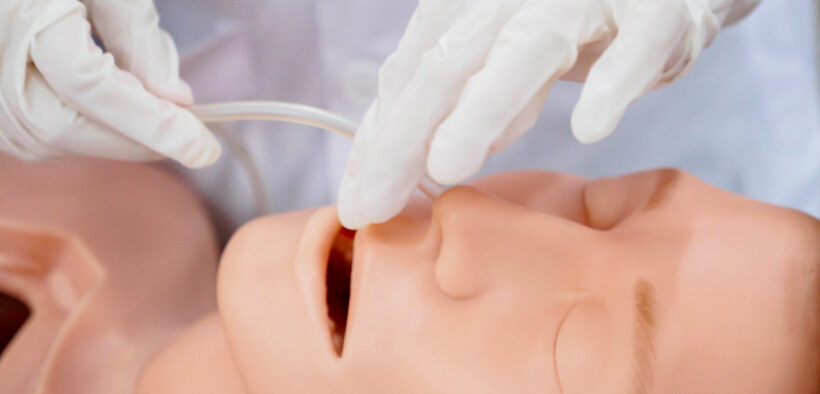Virtual simulations are an exceptional way for online students to get experience applying what they have learned to real-life situations. My colleagues and I created 20-minute virtual simulations that had our online students treat patients for cancer and end-stage liver failure, perform a liver transplant, administer postpartum care, and more. The materials needed to create the simulations were readily available at our institution, though during the pandemic we turned my basement into a hospital set and filmed there because the labs were closed. While these are healthcare scenarios, the processes can be applied to building scenarios in nearly any subject.
Teaching with Virtual Simulations

Related Articles
I have two loves: teaching and learning. Although I love them for different reasons, I’ve been passionate about...
Active learning is a mostly meaningless educational buzzword. It’s a feel-good, intuitively popular term that indicates concern for...
Perhaps the earliest introduction a student has with a course is the syllabus as it’s generally the first...
Generative AI allows instructors to create interactive, self-directed review activities for their courses. The beauty of these activities...
I’ve often felt that a teacher’s life is suspended, Janus-like, between past experiences and future hopes; it’s only...
I teach first-year writing at a small liberal arts college, and on the first day of class, I...
Proponents of rubrics champion them as a means of ensuring consistency in grading, not only between students within...







